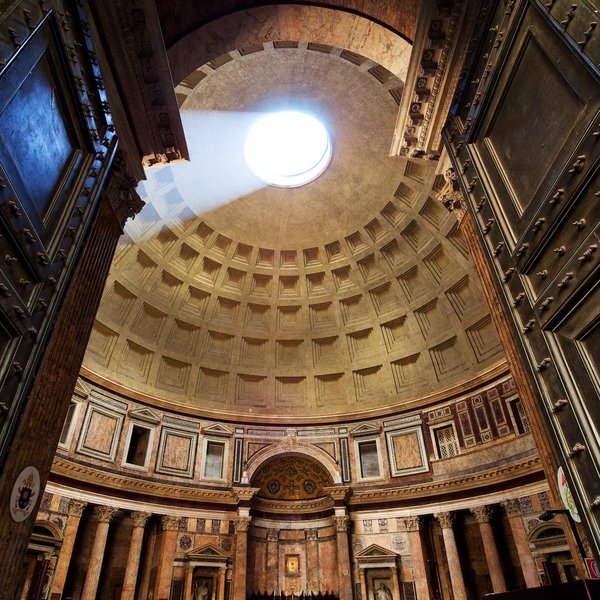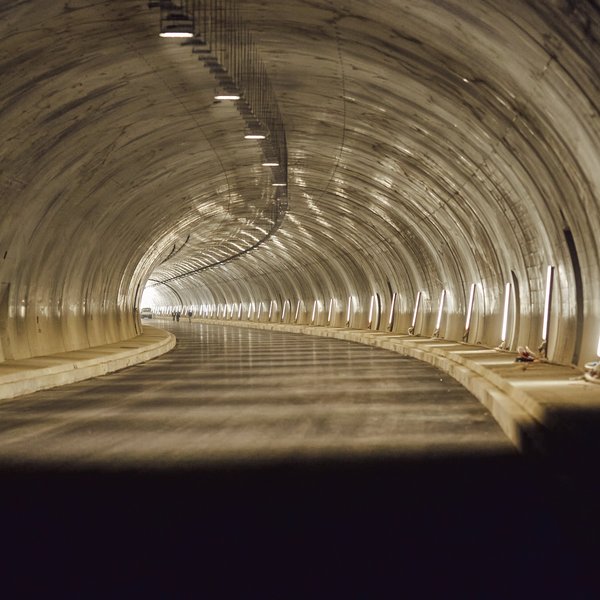
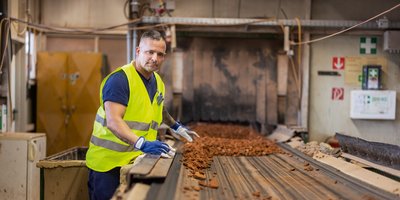
We are driving forward the circular economy
The future is better than its reputation. In times like these, anticipation feels almost rebellious. After all, we receive bad news from all over the world every day. So the current state of affairs can be demotivating. But what if we were to ask ourselves the question: what if ...? Then we would change our perspective. We would consider what needs to happen today and what we could do to make tomorrow better. We would therefore concentrate on solutions. We would develop ideas and visions. And as Head of Corporate Sustainability at PORR, I am looking forward to one of them in particular.
Great potential
The circular economy is turning our linear system on its head. While the throwaway economy is incredibly wasteful, there is a lot of potential in a closed cycle: once a product has reached the end of its service life, the resources and materials remain in the economy for as long as possible. They are therefore reused productively. That means the circular economy is a solution not only to reduce the tonnes of waste generated, but even to avoid it. The necessity of such a circular economic system is reflected in the figures: the European Union produces more than 2.2 billion tonnes of waste every year. In 2021, 33 million tonnes were exported from the EU to third countries. This is an increase of 77% compared to 2004. At PORR, we are always one step ahead. And are driving forward the circular economy. In line with our vision: To Build a Better World.
What if ...?
In 2022, PORR generated 9,159 tonnes of municipal waste across the Group. We also work with different materials and products that are often made from primary raw materials. Construction equipment and even work clothing also have an expiry date. That’s why we need to look at how far materials have travelled and how they are put together. Or what will happen to construction projects that are realised today in 50 years’ time. What do we do then with the resources used? How can they be reused? And what can we do today to build a better world? What if ...? What if you could simply turn an office building into a hotel without demolishing it? The modular design method will continue to evolve and make this possible. What if the waste produced during renovations, for example, were to be recycled? What if companies joined forces for this purpose?
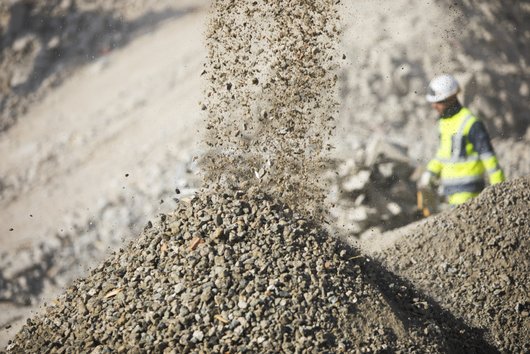

PORR is turning the possible into the definite: together with Saint Gobain and Saubermacher, we will operate the first gypsum-to-gypsum recycling plant in Austria. We also have several recycling plants with recycling processes for building rubble and mineral wool. Sustainability is a decisive factor for economic success. Customers also expect a business model that conserves resources as much as possible. This is both a motivation and a mission for us. There is still a lot of potential in the circular economy. What if ...? We have been asking ourselves this question for a long time. With our pioneering spirit, we are constantly developing innovations and ideas that allow us to look into the future with anticipation. And it all starts with the planning.
Sustainable right from the start
As Head of Sustainability at pde, I can say that we are driving the transition to a sustainable and circular construction industry. For example by achieving building certifications thanks to the resource-efficient choice of materials that promotes the use of recycled and upcycled materials as well as regional and sustainable raw materials. This means that certain building elements can be reused or sold with residual value when a building is dismantled or disposed of. This not only promotes sustainability, but also creates economic benefits for building owners and investors. This can be done via the Madaster Austria platform, for example, which makes it possible to record and manage the materials used in buildings.
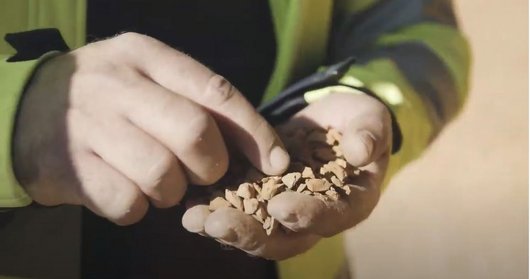

Similar to the energy performance certificate, the material passport is a document that ensures transparency regarding the materials used in a building. What is a building’s CO2 load? What is installed and how? How can the materials be recycled or even sold in the event of demolition? The material composition, origin, and recyclability of not only structural elements such as concrete, steel, or wood, but also furnishings and technical equipment are documented. This makes it possible to precisely document material flows in buildings and define the value of resources. In this way, we create comparability between properties and, through the financial assessment of materiality, also create added value for building owners and investors.
Sustainable transformation
As part of this global network, we can bring about positive change for the entire industry, and we are proud of that. Some projects are already underway. The partnership between pde Integrale Planung and Madaster Austria is a prime example of how innovation and sustainability go hand in hand. Together, we will provide innovative impetus in the future and make our contribution to sustainable transformation. Then maybe a circular economy could be in reach. And that is something we are looking forward to.

